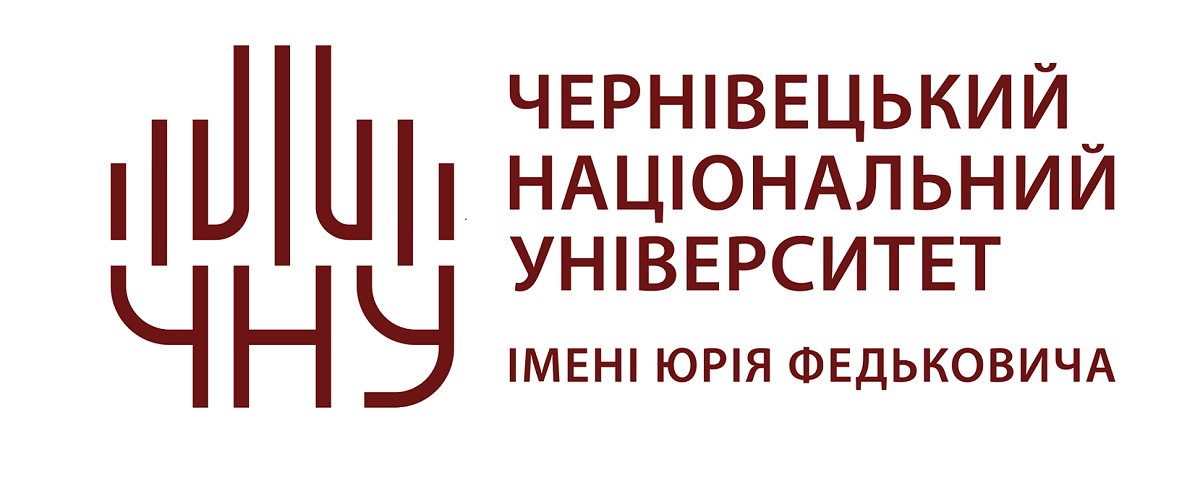| dc.description.abstract | The objective of the article is to analyze the specifics of cinematic interpretation
of the ballads from the collection “A Bouquet of Czech Folk Legends” (1853), written by
a famous Czech writer and folklorist K.J. Erben, in the film by F.A. Brabec “Wild
Flowers” (2000) within the concept of genre continuity.
The cinematic text of
the director F. Brabec fully preserves and conveys all the basic codes of the genre of
literary ballad: the preciseness of the narrative, the depth of disclosure of life, the
severity of the situations described, the limited personosphere, the dramatic and
unexpected denouement. Therefore, the above texts are perceived as short “concentrated
tragedies”. In addition, the director broadens the main text of the ballads, supplementing
each plot with a backstory; he actively applies montage and film trails, as well as reduces
time parameters, fragments and dialogues, at the same time preserving the main content
of the original. Particular emphasis in the research has been laid on the fact that each
ballad, reproduced by means of cinematic language (“Bouquet”, “The Water-Goblin”,
“The Wedding Shirts”, “Lady Midday”, “The Golden Spinning Wheel”, “Daughter’s
Curse”, “Christmas Eve”), is presented as a completed independent text and is regarded
as an indispensable part of the holistic author’s concept. | uk_UA |
